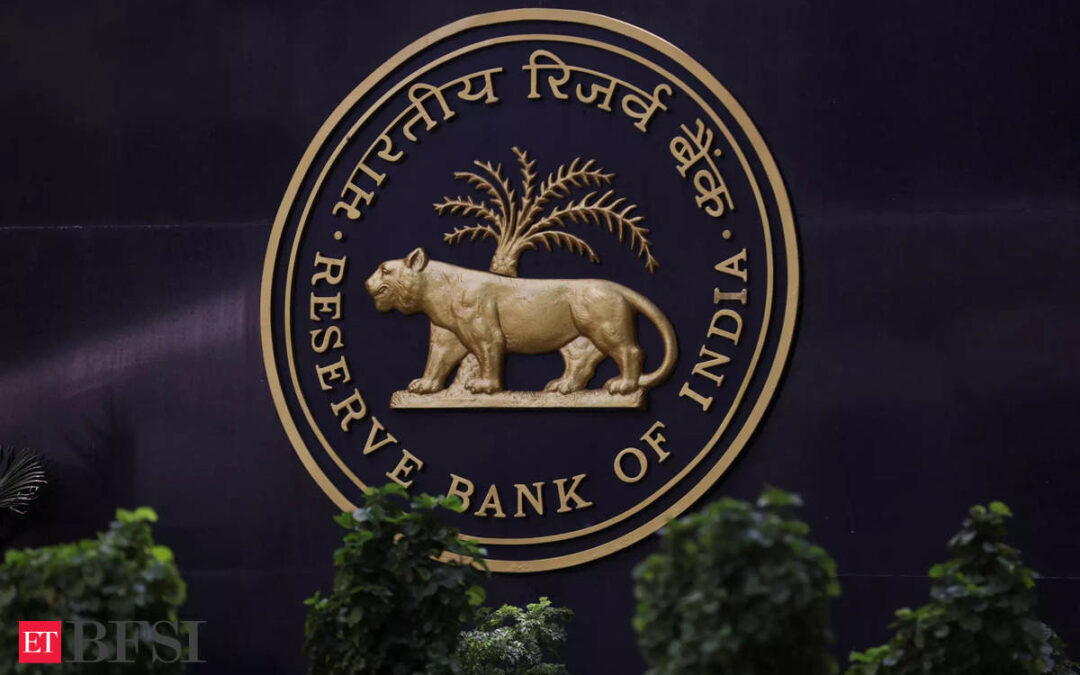The Indian central bank’s removal of the cap on how much a bank can invest in bonds they intend to hold to maturity will boost lenders’ appetite for government securities and benefit their bottom lines, four bankers said on Wednesday.
The Reserve Bank of India (RBI) did away with the ceiling on the held-to-maturity (HTM) category of investments on Tuesday, as part of a broader re-jig of classification and valuation norms.
Typically, government bonds are the most common form of investment in the HTM category. Currently, the limit is 19.5% of a bank’s ndeposits, with some dispensation on bonds purchased between Sept. 1, 2020 and March 31, 2023.
“Banks will be more inclined to invest in three- to seven-year government securities and state debt loans as the cap on HTM portfolio is lifted and since there is some visibility on the outlook of interest rates,” said a treasury official at a private sector bank.
After a spate of rate hikes, the RBI is expected to keep rates on hold at least until the middle of 2024 before it starts lowering rates.
At that point, banks with sizeable investments in the HTM category will profit more.
Moreover, the new norms which will be effective April 1, 2024, will also drive mark-to-market (MTM) gains for lenders and reduce their earnings volatility, Jefferies’ analysts said in a note.
While HTM bonds need not be MTM, lenders with investments in the available for sale (AFS) category also benefit since the new norms state they can move all valuation gains or losses in this category to an ‘AFS reserve’, bypassing their profit and loss (P&L) statement.
“As MTM changes in AFS will be via reserves, volatility in P&L (profit and loss) may fall,” Jefferies analyst Prakhar Sharma said.









